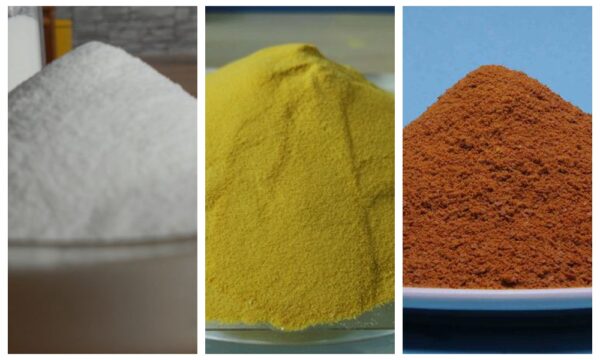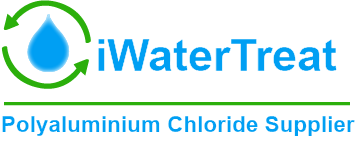Polyaluminum chloride is generally divided into three categories, the first is food-grade polyaluminum chloride, the second is drinking water-grade polyaluminum chloride, and the third is industrial-grade polyaluminum chloride. The three different types of polyaluminum chloride differ in their use and parameters.

Food grade polyaluminum chloride
The appearance of food-grade polyaluminum chloride is generally white powder. It is used in drinking water treatment, pharmaceutical and cosmetic excipients, and some scientific research. It is generally prepared by the reaction of high-purity hydrochloric acid and aluminum hydroxide under pressure, and then spray-dried into a white powder. The Al2O3% is ≥30%.
Drinking water grade polyaluminum chloride
With the improvement of national standards, the appearance of drinking water grade polyaluminum chloride is white to light yellow granules or powder. The GB15892-2020 standard requires that the Al2O3% of polyaluminum chloride in drinking water is ≥29%. The raw material of drinking water polyaluminum chloride requires aluminum hydroxide as the primary raw material, and hydrochloric acid requires industrial synthetic hydrochloric acid. The drying process can use drum drying to obtain light yellow particles or spray drying to get a white or light yellow powder. This polyaluminum chloride has a wide range of uses, in addition to drinking water treatment can also be used for industrial water treatment, and is one of the leading water purification agents.
Industrial grade polyaluminum chloride
With the need for resource recycling, it is a development trend to develop some aluminum-containing materials for the production of industrial polyaluminum chloride. At present, low-grade bauxite, industrial by-product aluminum-containing waste acid, and even treated aluminum ash are used as raw materials to produce industrial-grade polyaluminum chloride. Some of this type of polyaluminum chloride contains some other impurities, but it does not affect the water purifier used for industrial-grade sewage treatment. The alumina content of industrial-grade polyaluminum chloride on the market is between 22% and 30%. The biggest advantage is that the cost is low, which can meet the requirements of most industrial enterprises.

Leave A Comment